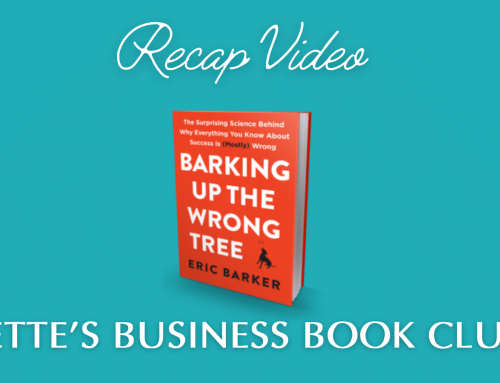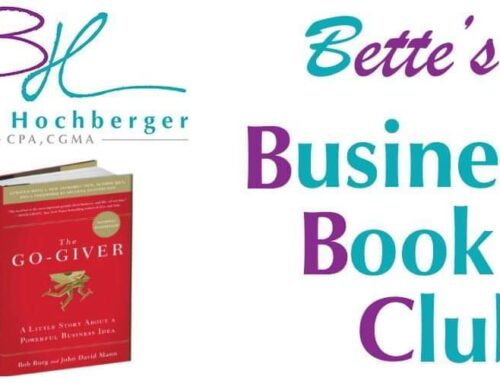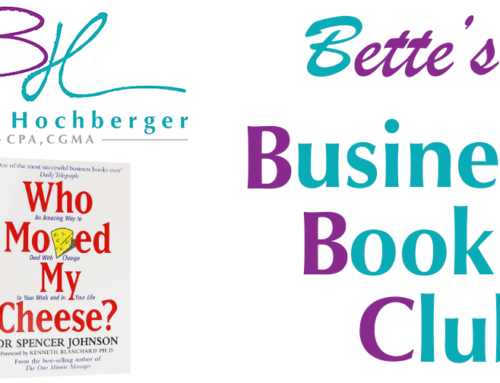May 2020 meeting. Due to the coron-apocalypse we took the Business Book Club online! We covered Good To Great by Jim Collins.
Good is the enemy of great. Collins did research on companies to determine what makes a company great. The first thing was level five leadership. A level five executive builds enduring greatness through a blend of personal humility and professional will. Level five leaders are the first thing that the business need to be great. They put building the company first. They find the right people to get on the bus. They get the wrong people off the bus. They get the right people in the right seats, and then they figure out where to drive the bus. The right people are your most important assets. These leaders are okay with giving others credit when things go well, and they look to themselves when things go badly, instead of blaming other people.
Good to great companies followed the model of a genius with a thousand helpers. They have three practical principals regarding employees. When in doubt, don’t hire. When you know that you have the wrong person remove them quickly. Put your best people on your biggest opportunity, not your biggest problems. There’s no link between executive compensation and the company going good to great.Level five leaders are internally motivated.
Good to great companies are willing to confront the brutal realities of their company. Start with the truth of your situation then move forward and fix problems. This involves four practices, lead with questions, engage in dialogue and debate, conduct autopsies without blame, and then you need a red flag mechanism to prioritized what’s important. Great companies have problems, but handle them differently.
Good to great companies have an intersection of three circles- what you are deeply passionate about, what drives your economic engine, and what you can be the best at the world at- which comprise the “hedgehog concept.” This is an actual understanding of what your organization is capable of doing. If you can not be the best in the world at your core business, your core business cannot form the basis of your hedgehog concept. You might have a core competence at something, but not have the capacity to be the best in the world at it, so it is not your hedgehog. To figure out what drives your economic engine, you have to search for the one denominator that is the single greatest impact on your business. You don’t need to be in a great industry to get these results, as long as you figure out how to produce superior economic returns in that industry. An organization that is able to stay within its hedgehog concept with consistency will have more opportunities for growth.
When it comes to technology, good to great organizations become pioneers in applying carefully selected technologies. The technology has to fit directly with the hedgehog concept, and they have to be a pioneer in applying that technology. The technology accelerates growth. It doesn’t create it on its own. Technological changes on their own never the cause of the decline of a company.
The good to great process is not a one-point event. It’s an iterative process that you go through over and over again to find that hedgehog concept and get to a level of greatness. There’s a transformation process that is very predictable. It’s a pattern of build up and then breakthrough. It takes a lot of effort to get things going, but when you persistently and consistently go in that direction over a long period of time, eventually you build momentum and you’ll hit a point of a breakthrough. If you try to bypass this process, you end up failing.
Find the book on Amazon.
Learn more about the book and the author here.










